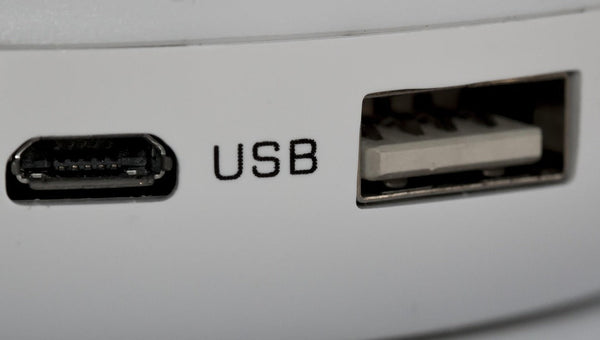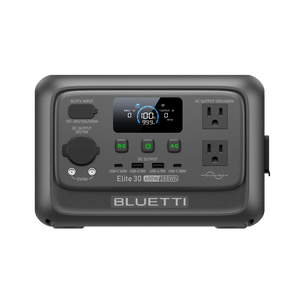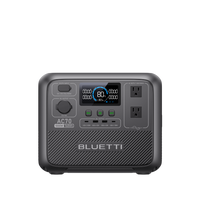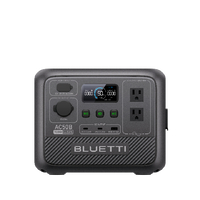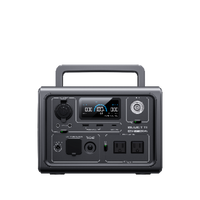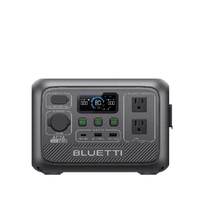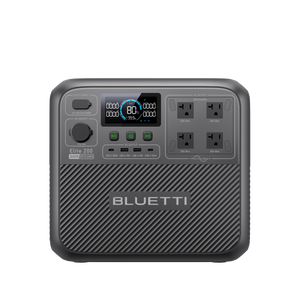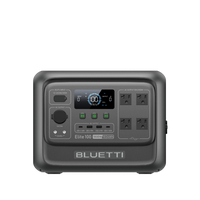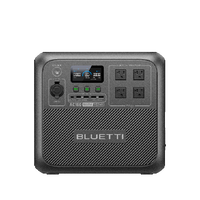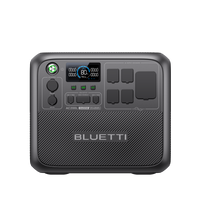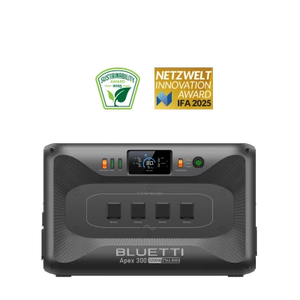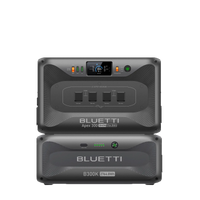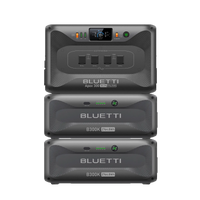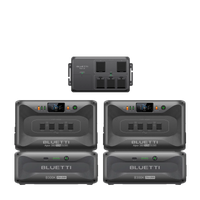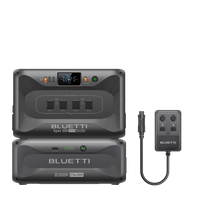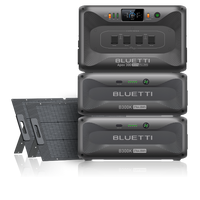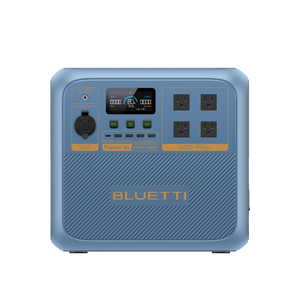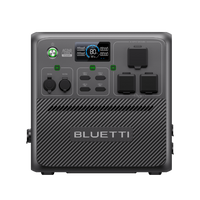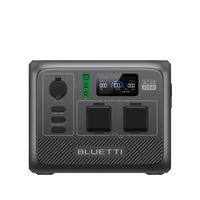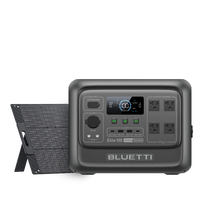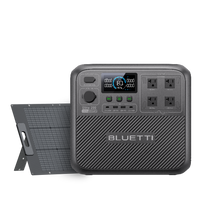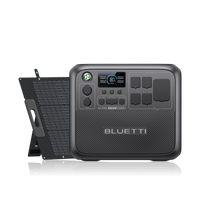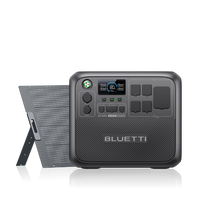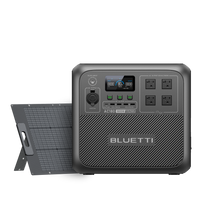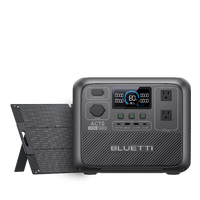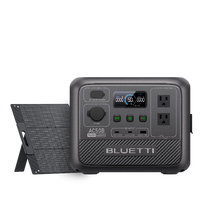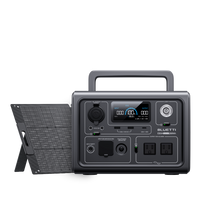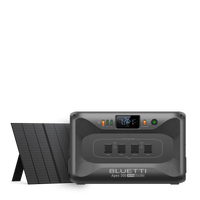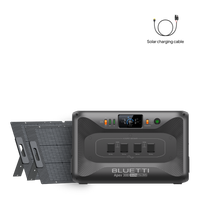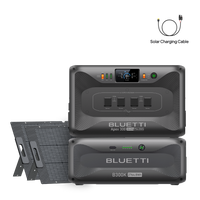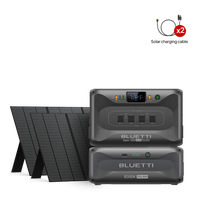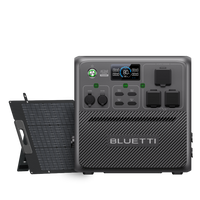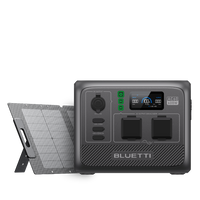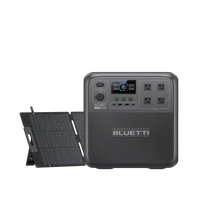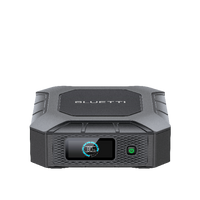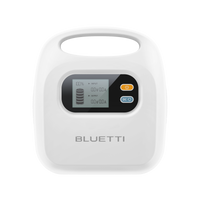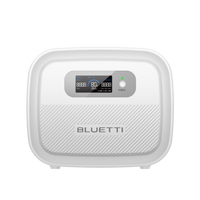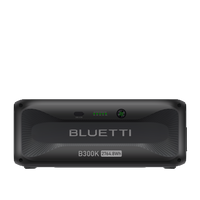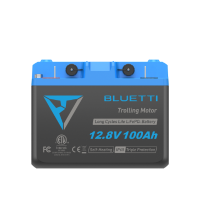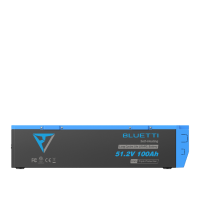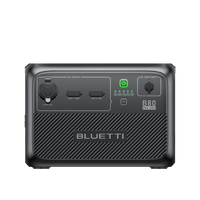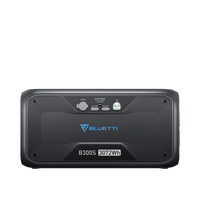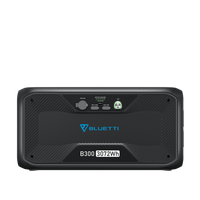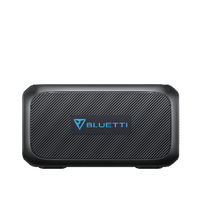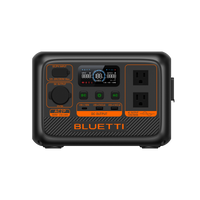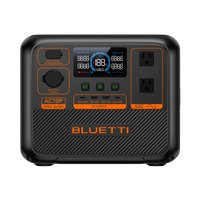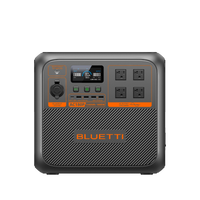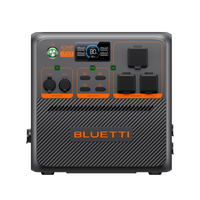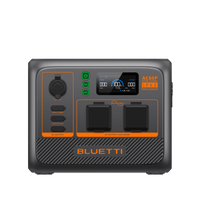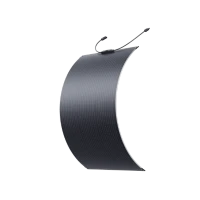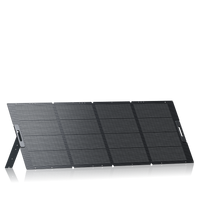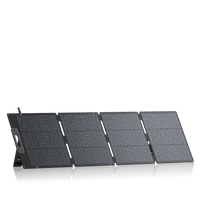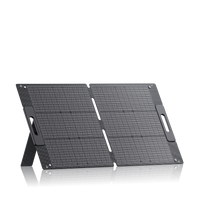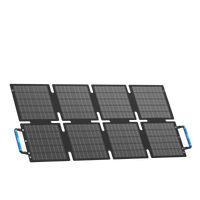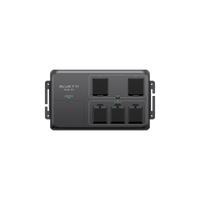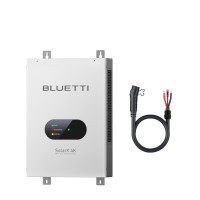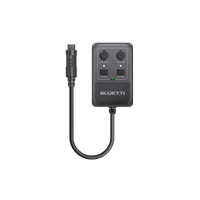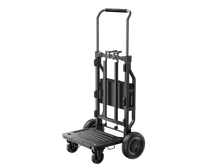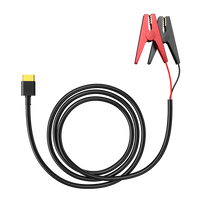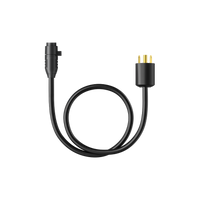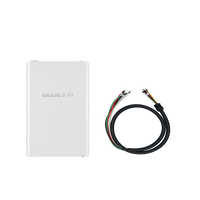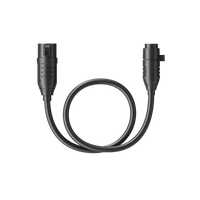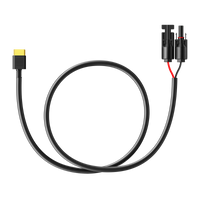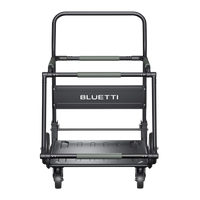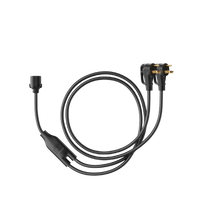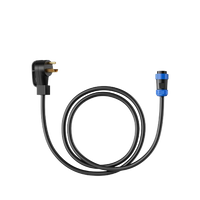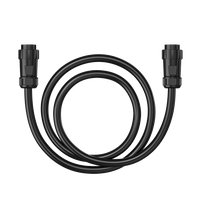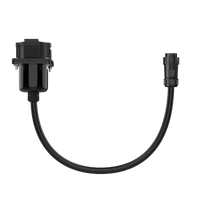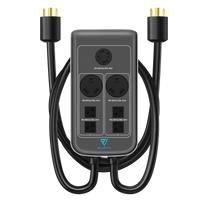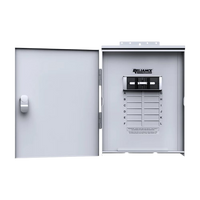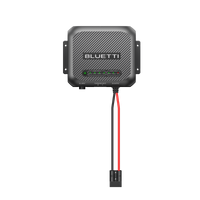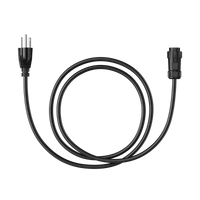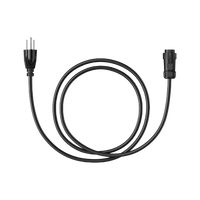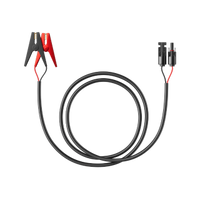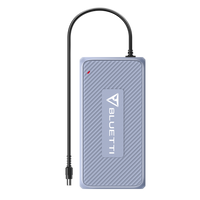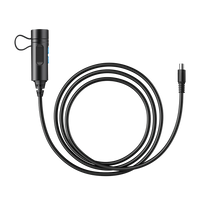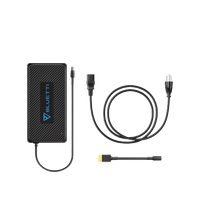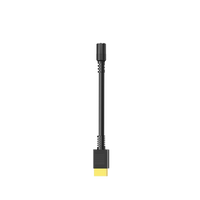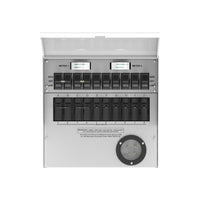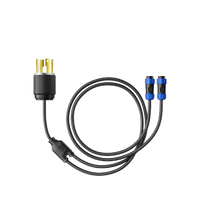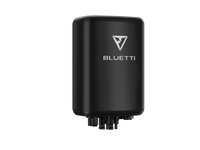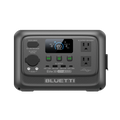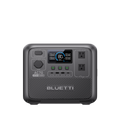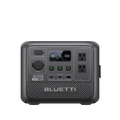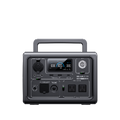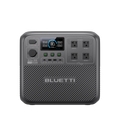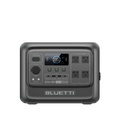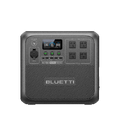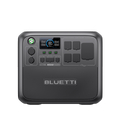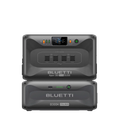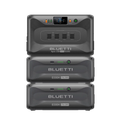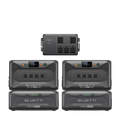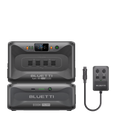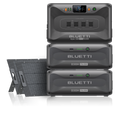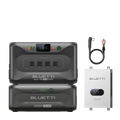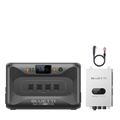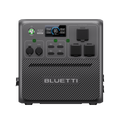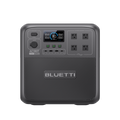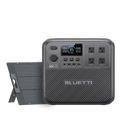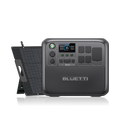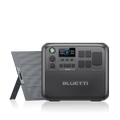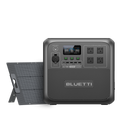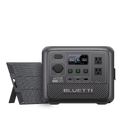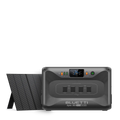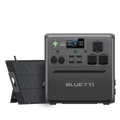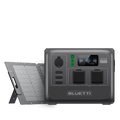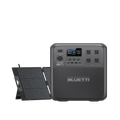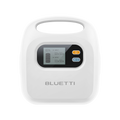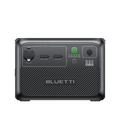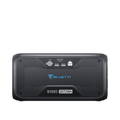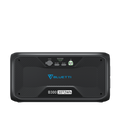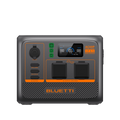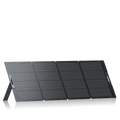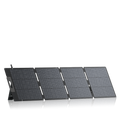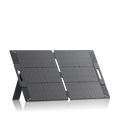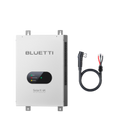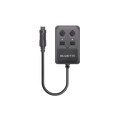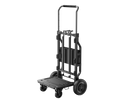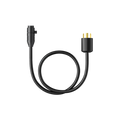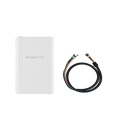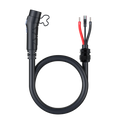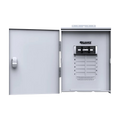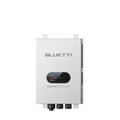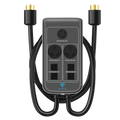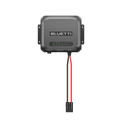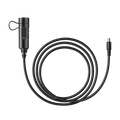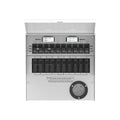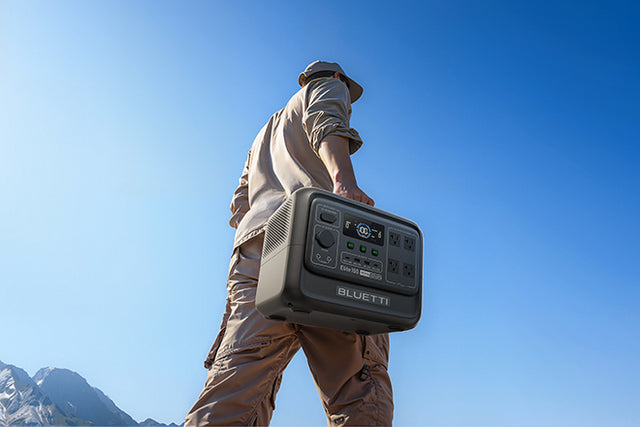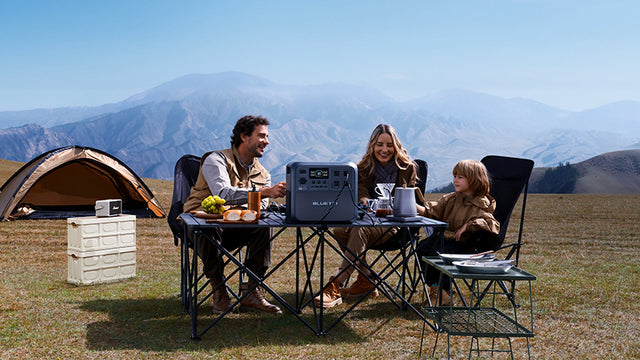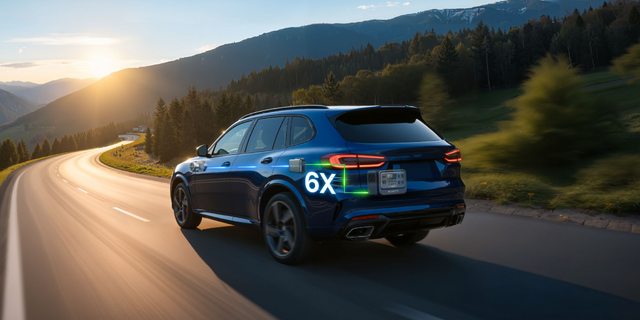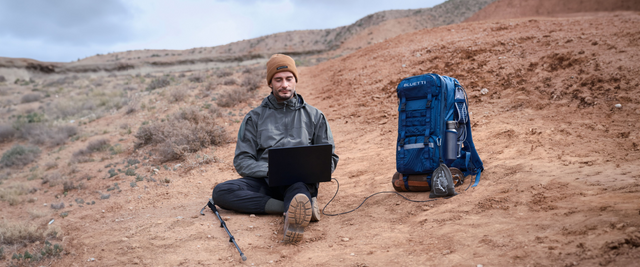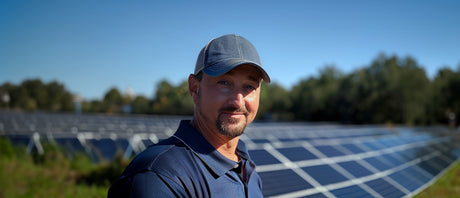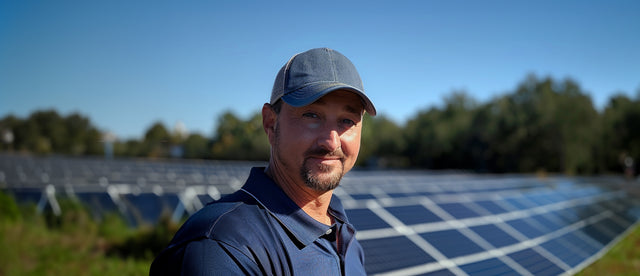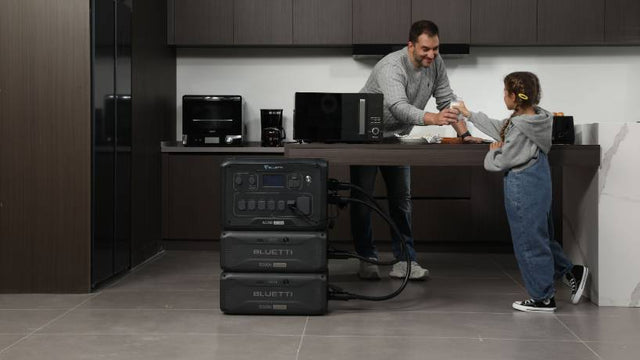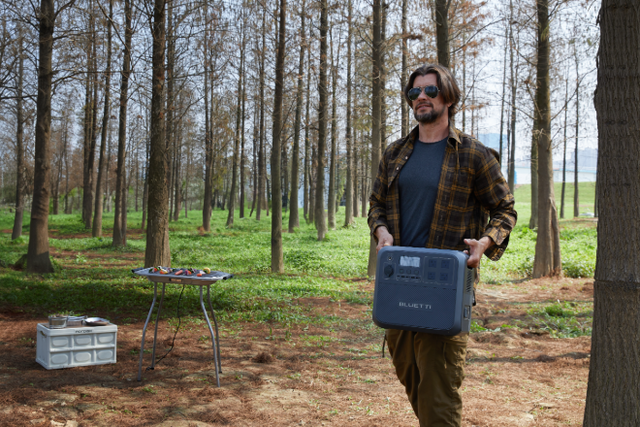Your cart is empty
Shop our productsThere's this ongoing debate in kitchens everywhere: is it really worth running the dishwasher, or is it just chewing through electricity while we sleep? It comes up when you're standing there late at night, looking at a pile of plates from dinner, and you're tempted to just rinse them and leave them for tomorrow. People still ask, How much energy does a dishwasher use? and the second part of that thought is always, How much does it cost to run a dishwasher, really?
The thing is, dishwashers have changed a lot. My grandmother's old machine was basically a hot water cannon inside a box—loud, inefficient, and probably using as much energy to heat water as it did to actually spin a motor. But 2025 models aren't the same. Even a 2010 model isn't the same. Efficiency ratings matter, sensors have gotten better, and for all the bad press dishwashers get, they're often better on water and energy than leaving the tap running while you scrub. But none of that stops people from worrying about the number at the end of the bill, and that's where wattage comes in.

What Determines Dishwasher Wattage?
Wattage is the technical way of saying, "this is how hard the machine pulls from the grid while it's working." It's not a fixed number, though, and this is where people sometimes get tripped up. Dishwashers don't run at the same draw the whole cycle. Think of it like driving. On a highway, you're cruising, steady. In the city, you're hitting the gas, braking, and idling. A dishwasher is like that, too. The motor spins the spray arms, the pump moves water, and then, every so often, that heating element flips on and sucks up the real power.
A standard full-size dishwasher is usually rated between 1,200 and 1,800 watts. That's the running draw when it's in the middle of the big work. Compact units pull a little less, maybe 800 to 1,200 watts. But if you're just looking at those ranges, you're missing the nuance. Cycle choice is a huge factor. Run "pots and pans" on sanitize mode with heated dry at the end? You've basically told the machine to give you the premium, maxed-out energy show. Switch to eco or quick wash and skip heated dry? Now you're closer to the low side of the range, maybe even dipping under 1,000 watts for much of the run.
And then there are those sensors. The soil sensor sounds like a marketing gimmick, but it does make a difference. It works via an optical turbidity sensor—a fancy way of saying it shines a light through the water and measures how cloudy (or 'dirty') it gets from food particles. Cleaner water mid-cycle? It shortens the wash. Still murky? Extra rinses and heat kick in.
If it decides your dishes are caked, it stretches the cycle, keeps the pump going longer, and maybe reheats water mid-cycle. It's smart but unpredictable. One day your load finishes in 65 minutes; another day it's still going after 120. From an energy planning perspective, that's messy, but it reflects real-world use.
So wattage is a mix of model type, size, cycle settings, and the features you choose to actually activate.

Average Wattage and Energy Use
Let's anchor this in numbers. The average dishwasher cycle uses between 1 and 2 kWh. That's the energy equivalent of leaving a 100-watt bulb on for 10 to 20 hours straight. Put differently, one load is roughly the same electricity as running a ceiling fan for a week. Doesn't sound quite as scary in that comparison, does it?
A common baseline is about 1,500 watts while running—give or take, depending on the model. Compact dishwashers might average closer to 1,000 watts. For families that run four loads a week with a 1500W standard dishwasher, the math adds up to about 310 kWh annually. Multiply by 15 cents per kWh, which is the US average in 2025, and you get somewhere in the $45 to $60 range per year. That's what the electricity part costs. The water heater's role complicates things—if your dishwasher heats water itself, you'll pay more for electricity; if you're feeding it hot water from a gas heater, the grid cost looks lower, but you're still paying on the gas side.
Some guides like to say, "dishwashers cost about $5 a month to run," and while that's oversimplified, it's not too far off. It really does depend more on how you use it than on the sticker wattage.
|
Appliance |
Avg. Cycle Energy |
Surge Watts (heating element on) |
Backup Station Needed |
|
Dishwasher (standard) |
1.5 kWh |
2,500W |
2,000Wh+ capacity with inverter rated for 2,500W+ surge handling |
|
Compact Dishwasher |
1 kWh |
1,500W |
1,000Wh+ portable |
|
Hand-Wash Equivalent |
N/A (water heating) |
N/A |
Minimal (just hot water) |
Cost Factors
Let's dig a little deeper into what makes one load cost different from another.
- Cycle type: Eco cycles are designed to cut both water and power. You might see closer to 1 kWh. Heavy cycles with heated dry and sanitize can double that, landing around 2 kWh.
- Detergent choice: Not all detergents are created equal when it comes to energy. Pods or gels often dissolve best in warmer water (around 120–140°F), which might nudge your machine to heat more or run longer cycles. Powder detergents can work well in cooler eco modes, potentially saving a bit on the heating element's draw—think 5–10% less energy if your model adjusts temps dynamically. Test what your dishes (and wallet) prefer.
- Water heating: The element that heats water is the real glutton. If your incoming water is cold, the machine has to work harder, meaning more watts for longer. In warm climates or if you run hot water before starting, the machine's load drops a bit.
- Run time: A "quick wash" might clock in around 60 minutes. A sanitize cycle can stretch to two or more hours. Longer time = more energy.
- Model efficiency: Energy Star-rated dishwashers usually save 10–20% on both energy and water compared to federal minimum standards. The gap adds up over a year.
What's funny is that the features marketed as "premium" often cost you more on the bill. Heated dry is the big one. It's essentially running a hair dryer in the tub for 30 minutes. Opt for steam dry if your model has it, which can trim 20–50% off drying energy while still getting dishes bone-dry. Nice when you want dry glasses instantly, but if you don't mind cracking the door and letting the air do its job, you save all those watts.

Off-Grid and Backup Power Needs
Now, let's think beyond the utility bill. Off-grid and backup setups change the whole conversation.
Take that average cycle: 1,500 watts for an hour. That's 1.5 kWh. If it stretches to two hours, you're up to 3 kWh. That's more than most portable power stations can comfortably provide, especially once you factor in startup surges. Motors always draw more at startup—it's like the grunt of lifting something heavy before you settle into carrying it. Dishwashers can surge as high as 2,500–3,000 watts for a moment when the heating element kicks in. If your backup station can't handle that surge, it shuts down, and you're left with a half-washed load.
That's why dishwashers aren't usually the first appliance people plan into their off-grid system. Lights, laptops, and fans—those are easy. A dishwasher is a big hitter. But it's not impossible. If you size your system right, or you're running solar during the day to supplement, you can absolutely make it work.
Here's where specific products matter. The BLUETTI Elite 100 V2 portable power station might cover compact dishwashers or an eco cycle if you're careful. But for a standard machine running a full cycle, you really want something like the BLUETTI Apex 300 home backup power. It has the surge support and capacity to finish the job without you having to hover nervously nearby.

Reducing Energy Consumption
There are a few simple tricks that cut dishwasher energy use without cutting performance.
- Eco cycles: They're not just marketing. They genuinely save energy.
- Air-drying: Skip heated dry. Open the door a crack when the cycle ends and let airflow do the rest.
- Add rinse aid: This stuff isn't just for spot-free glasses—it helps water 'sheet' off dishes instead of beading up, cutting drying time by 15–30 minutes.
- Full loads only: Two half-loads waste energy and water. Wait until it's full.
- Modern models: Old dishwashers are pigs compared to Energy Star-certified ones. If yours is from the early 2000s, an upgrade could save you 15–20% right away.
- Use delayed start wisely: If you're on a time-of-use electricity plan, schedule runs for off-peak hours—like overnight when rates drop 20–50%.
- Skip pre-rinse: Scrape food; don't run the tap. Running hot water before every load undermines the machine's efficiency.
It's really about stacking small habits. None of these saves a fortune on their own, but together they keep annual use in that $40–50 range instead of pushing you closer to $70 or $80.

Comparison to Hand-Washing
This part surprises people the most. Hand-washing feels frugal. It feels "unplugged." But studies keep showing that a dishwasher often uses less water and energy than a sink full of suds, especially if you're the type to leave the tap running.
A standard-sized ENERGY STAR-certified dishwasher uses less than 4 gallons per load. Non-certified modern dishwasher averages 4–6 gallons of water per load. Hand-washing can easily run 20 gallons or more. Heat all that extra water, and suddenly you've spent more energy at the sink than the dishwasher would have used. So while the machine is drawing 1–2 kWh per cycle, it may still beat your hand routine in total resource use.

Conclusion
So, how much energy does a dishwasher use? Around 1 to 2 kWh per cycle, translating to $40–$50 per year in electricity for the average family. How much does it cost to run a dishwasher? Not nearly as much as people think. The real cost differences come down to cycles, heating, and habits.
From a grid perspective, dishwashers aren't budget killers. From an off-grid perspective, they're power-hungry compared to fans or laptops, but manageable if you size your system right. And for households planning resilience, products like the BLUETTI Elite 100 V2 portable power station or the BLUETTI Apex 300 home backup power can take the stress out of outages.
Is it cheaper than hand-washing? Yes, per studies. Use them wisely, pick your cycles smartly, and they'll keep humming along without wrecking your wallet—or your off-grid battery bank.
Shop products from this article
Be the First to Know
You May Also Like
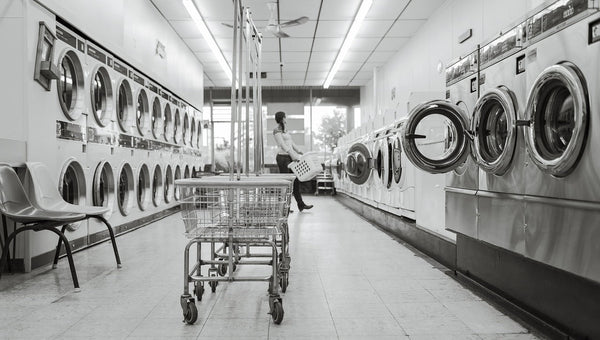
Washing Machine Wattage: How Much Power Does Your Washer Use?
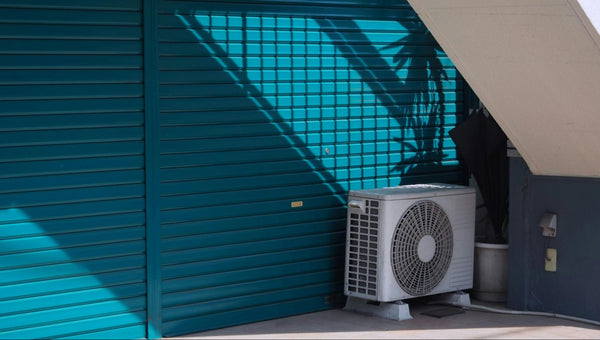
Portable Air Conditioner vs. Window AC: Which Is Better?
